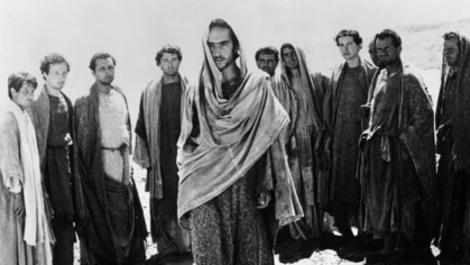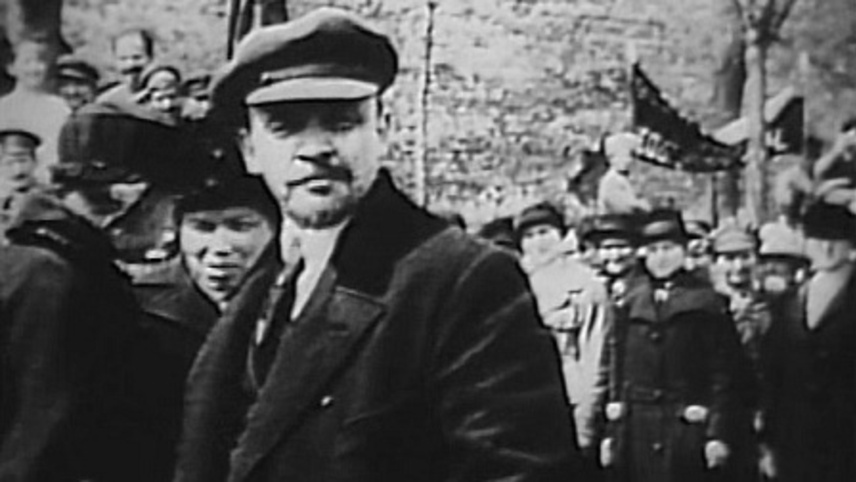Tuesday, 15 September 2015
Lenin as model for Pasolini's Christ?
Little did I know when I wrote the Lenin and Christ post some months ago that, apparently, this parallel had imagined not just by ironic pastiche sots artists of recent decades. According to a book by Fulvio Abate the Lenin Christ parallel goes further back than that. Moreover, the artist in question was not just any artist but none other than Pier Paolo Pasolini who, according to Laura Betti, made Lenin the model of the Christ in his film. This is surely one of the most weirdly suggestive readings of Pasolini's Il Vangelo Secondo Matteo that I have come across and one of the most strange transfigurations of Lenin in modern culture.
A small annotation of Pasolini's film for Senses of Cinema by Pasquale Iannone puts the Lenin parallel to Christ like this:
More than the physical performance of the young Catalan, it is the booming, forceful voice of Salerno echoing across the weathered ancient landscape that is key to Pasolini’s representation of Christ as a revolutionary, as a masterful orator and communicator of ideas. In this sense, Pasolini was inspired by the figure of Lenin and the cult of personality which is, in essence, a “divinisation”. Essentially however, The Gospel According to Matthew is an attempt by the director to identify himself with the figure of Christ, a revolutionary who accepts that his lifelong work, his relentless non-conformity, will inevitably lead to his death.
Curiously another Lenin-modelled Christ may well be found in an as yet unpublished play on the life of Christ for the Taganka theatre by Soviet philosopher, Evald Ilyenkov.
Pasolini's Russia is a topic that has been explored by an Italian scholar Francesca Tuscano who wrote in her book 'La Russia nella poesia di Pier Paolo Pasolini', of Pasolini's strange happiness of rediscovering the peasant spirit of his native Casarsa on the banks of the Moscova during a visit by Pasolini to Moscow for the 1957 Festival of Youth.
Subscribe to:
Post Comments (Atom)


No comments:
Post a Comment